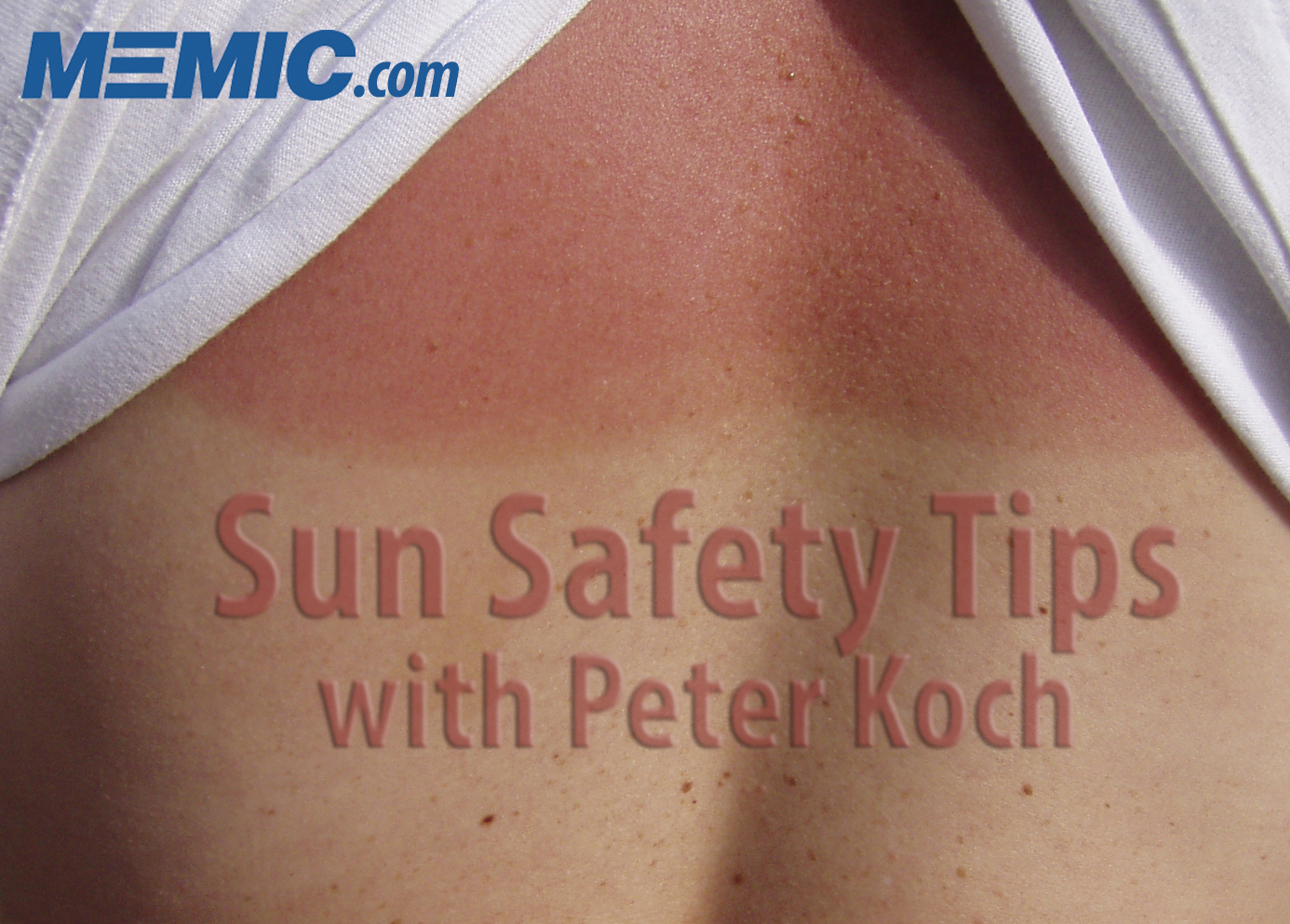Sun Safety: Fan of the Tan? -Part II
When did tans become fashionable?
Centuries ago, tans were looked down upon by the upper classes, and fair, pale skin was considered the most beautiful. Tans were the mark of the working class laborer, while the wealthy stayed indoors, keeping their skin covered and protected. In the 1920s, style-maker Coco Chanel returned from a vacation to the French Riviera with a deep tan, and suddenly, tans were in vogue. – Tale of Tanning
Recall from the last Sun Safety blog – Just the Facts, that a tan, rather than being an indication of health, is actually a response to injury, because skin cells signal that they have been hurt by UV rays by producing more pigment. Not everyone reacts to UV radiation equally. Some of us are at greater risk.
Your personal risk factor for being harmed by UV overexposure is determined by who you are, what you do, and where you live.

Who you are:
There are certain risk factors that you naturally carry, and while you cannot change them, knowing that you bring them to the tanning table can help you make better decisions about exposure. General risk factors include:
- Skin type
- Eye and hair color
- Family or personal history of skin cancer
There are 6 types of skin based on how likely it is to tan or burn. - Sun Safety Alliance
I. Always burns, never tans, sensitive to UV exposure.
II. Burns easily, tans minimally.
III. Burns moderately, tans gradually to light brown.
IV. Burns minimally, always tans well to brown.
V. Rarely burns, tans profusely to dark.
VI. Never burns, deeply pigmented, least sensitive.
Although everyone's skin can be damaged by UV exposure, people with skin types I and II are at the highest risk.
We can be genetically predisposed toward skin damage. People with red or blond hair, or blue or green eyes have been statistically shown to be a greater risk of skin damage from UV radiation. They tend to burn more easily and tan less, producing less protective pigment (melanin). - CDC
Family history can be a predictor of skin damage. If there is a history of skin cancer in your family (parents or grandparents), you may have a greater risk of developing skin cancer than someone who does not have that history. Unfortunately, this doesn’t work in reverse. Just because you don’t have a family history doesn’t mean you aren’t vulnerable. Everyone is at risk, some more so than others.
Where you live:
Where you live, work, or play can play a part in your UV exposure. People that live at higher altitudes are exposed to greater levels of UV radiation, because there is less air mass to absorb it. On average your UV exposure will increase 5% for every 1000 ft above sea level you are. Also, there are some latitudes that have more sunny days than others.
What you do:
What you do can also put you at greater risk for skin damage. This, of all of the previous risk factors, is the area we have most control over. Consider some of these lifestyle questions: Do you live an outdoor oriented lifestyle or work outside most of the year? Do you sunbathe or go to a tanning booth regularly? Are you typically outside without sun protection? Some subtle changes here can have significant reductions in your overall exposure to UV.
There are exposures both at and outside of work, so regardless of the exposure; take steps to understand your skin cancer risk factors, reduce your risk, and Don’t Be a Fan of the Tan!
Want to know more about Sun Safety, register for MEMIC’s Sun Safety webinar here.
Sun Safety: Just the Facts -Part I
Sun Safety: Got You Covered! -Part III

